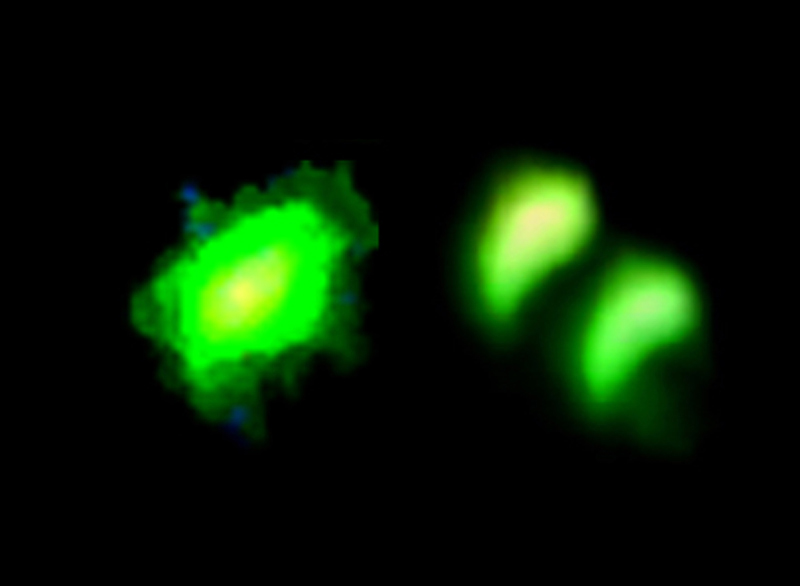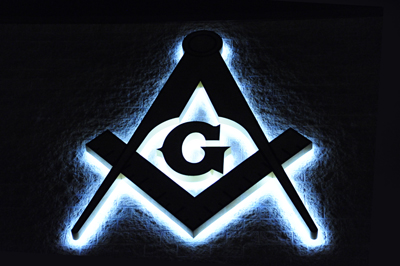
Infrared Solar Systems
Dr. Wilbur Allen, PhD
This data is built on AVID DNxHD 200 workflow. Ultra HD Video standards
AVID Media Composer 2021.6 64 Bit Digital Editing Mastering, Motion Picture production.
Boris Fx Continuum 2019
Dr. Wilbur G. Allen, PhD (Advanced Imaging Systems: Hyperhubble)
Looking at our Primary Star, the Sun, through Lunt Solar Systems Solar lens technology. I am not sure what to
expect looking @ the Sun in Infrared. My solar needs require a substantially different level of filtration, that only
Double Stacking can achieve. The additional LS80THa/PT/DSII will give me the level of detail I am requiring for my
Solar explorations. I am running 4 systems. The solar application (Windows 10) allows 4K 60 fps motion picture
files @ 1/8000th of a second. My target anomaly, is that which I'm capturing Hyperstar, and that which was
documented by the US Nay Solar Observatory
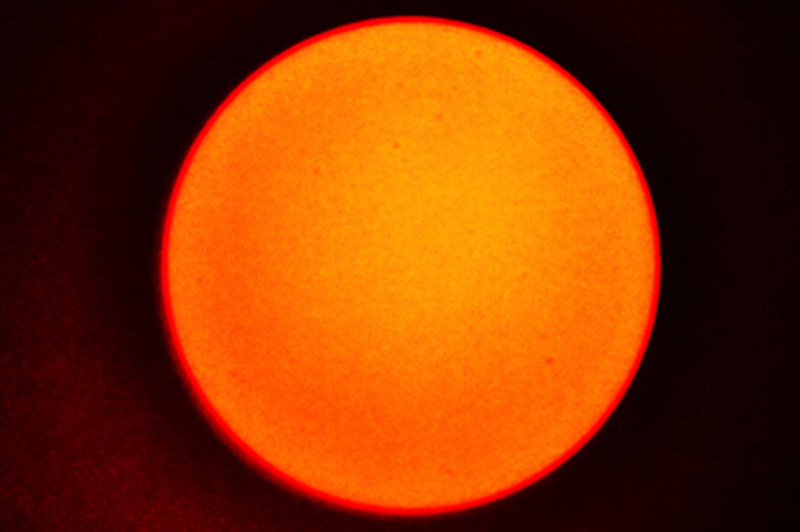
Enlarged sample showing surface spots* (This Solar technology IR, is not perfected). This data is built upon 3
run time sessions of this dual filtered solar technology. It is not easy to use. Nikon D4/D5 FSIR
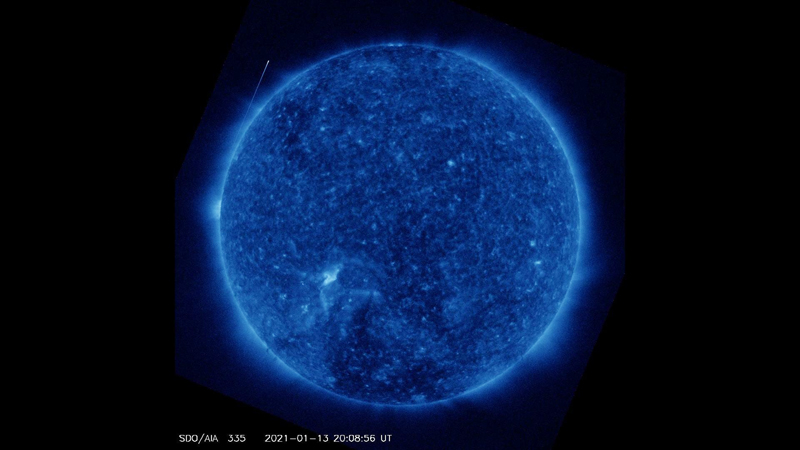
01-13-2021 USN
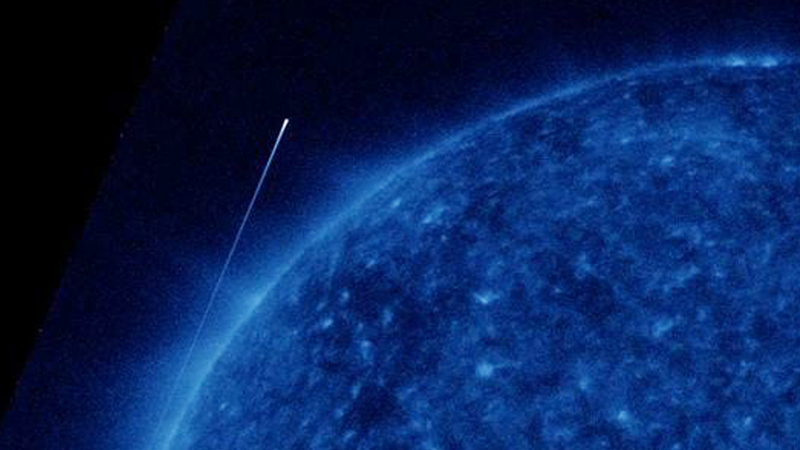
01-13-2021 USN enh.
8-15-2016 UFO Cylinder 2 Green Beam SM WARP SMD Analysis. (Note: This is an exact match to 8-14-2015)
10-07-2020 UFO Cigar Band of Light Portal Entry Hyperstar 470nm IR LRGBYCM Tracker Analysis 2
US Navy Solar Observatory video sample. This anomaly is on Earth, and has been documented in Washington DC,
Virginia, Louisiana, Indiana, AREA 51 Nevada, Sedona Arizona (AREA 51 #2), and the Arctic Circle while filming A&E
History's "Missing in Alaska".
US Navy Solar Observatory
What exactly did the US Navy image here? This anomaly has established presence on Earth.
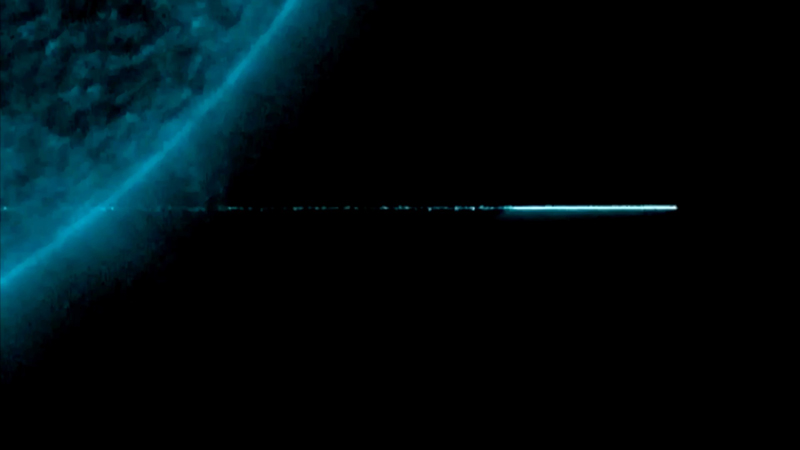
US Navy Solar Observatory image sample. The Red anomaly mentioned in Grumman's report is this object with a red energy field*.
The purpose of this page is to analyze the evidence as presented by my imaging systems and other sources of evidence such
as the NASA Solar Observatory image above. My image frame samples are from video (4K). This study is a comparative forensic
examination based on empirical evidence HD.
NASA probe captures this image sample around the planet Venus. Are the Band of Light anomalies from this planet?
Those red dots are anomalous objects which the D4 FSIR camera (ISO 204800) detected @ ISO 51200 (H1). File
showed numerous anomalies, most of which are 1 through 2 stops Brighter than the Sun itself?
What can withstand the intense heat and radiation generated by this Star which heats our planet?
While the yellow dots are anomalies imaged around the Sun using D4 Nikon on Lunt Solar lens, the application
was upgraded to D5 FSIR and D5 Stock cameras on the LSL (Lunt Solar Lens).
Something Huge Appears Next To the Sun Helioviewer Error
10-29-2018 Red UFO Band of Light Close Flyby Hyperstar 470nm IR RGBK Analysis
The D5 FSIR camera is a bit more extreme in sensitivity and colors. Detected within this sample were luminous star
like objects which hold 100% stationary positioning.
They're pyramidal and cubic within this sample. Note they're luminous qualities match the surface of the Sun's
brightest definitions.
The dots are objects detected by D5 FSIR in Solar application.
Map#2 and there are less anomalies detected, however; these things are known to phase out of our realm of
visibility.
Map#3
Map #4, and each has objects that match 100%, and objects that do not match, which indicates they're moving.
An animation was generated with these files*
7-21-2019 FIR 1090 Solar Test Infrared IR 656.jpg
Lunt Solar Systems.

Enlarged sample showing surface spots*. Because there are no references of our Sun in this particular technology
most of what is shown is unknown, relative to our Sun and FSIR 4K technology applied to Dual stacked Solar lens
OTA's. (550nm IR 4K)
My systems detected a Solar Atmosphere around our Sun. Note the array of uniform surface dots.
Solar atmosphere full perspective. Filming in 4K FSIR, filtered using pressure sensitive IR 550nm filters, dual stacked, we're
looking at our Sun in a manner unlike any before.
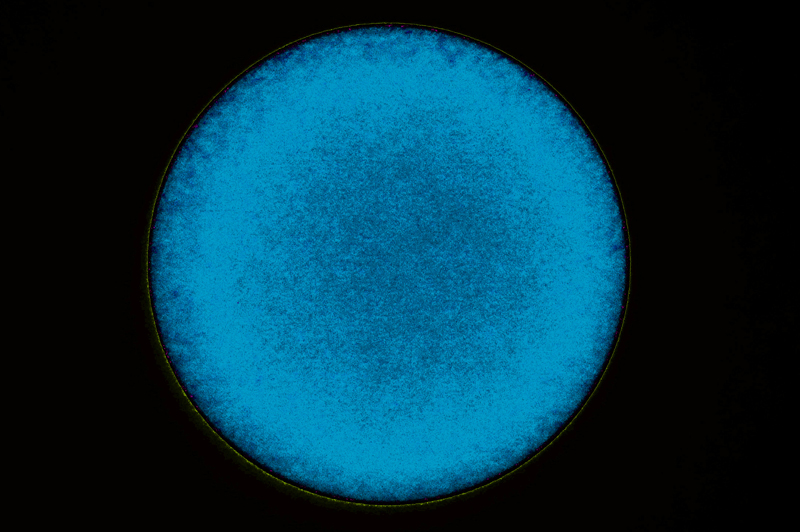
Looking @ the Sun in color gradients based on an Infrared scan. Each variation in color shows distinctively different visual
characteristics. In this Blue sample, are areas of Red around the perimeter of the Sun, however not on its surface..............
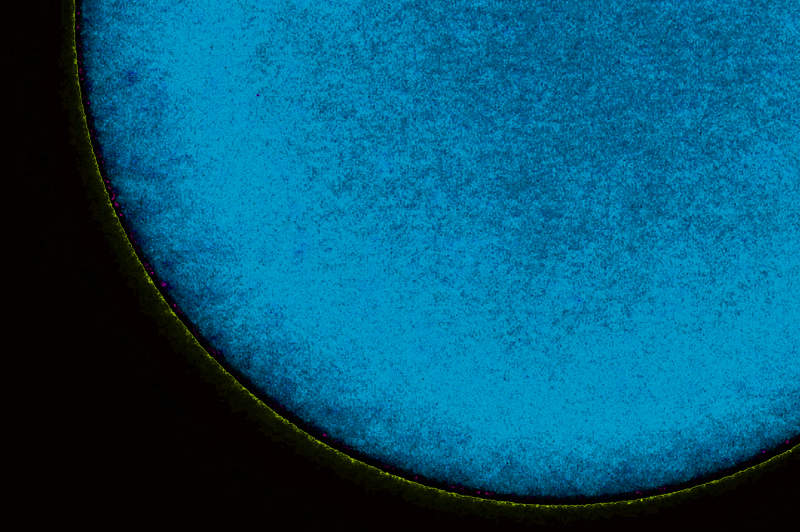
The faint yellow gradient field in this sample is determined to be atmospheric. Its faint extrusion perhaps a radiant byproduct of the
Sun's cold fusion reaction.
Solar surface RBCMY perspectives, this magenta perspective defines the atmospheric confines of our Suns atmosphere.
Solar surface RBCMY perspectives, this yellow perspective defines the surface dots associated with this image.
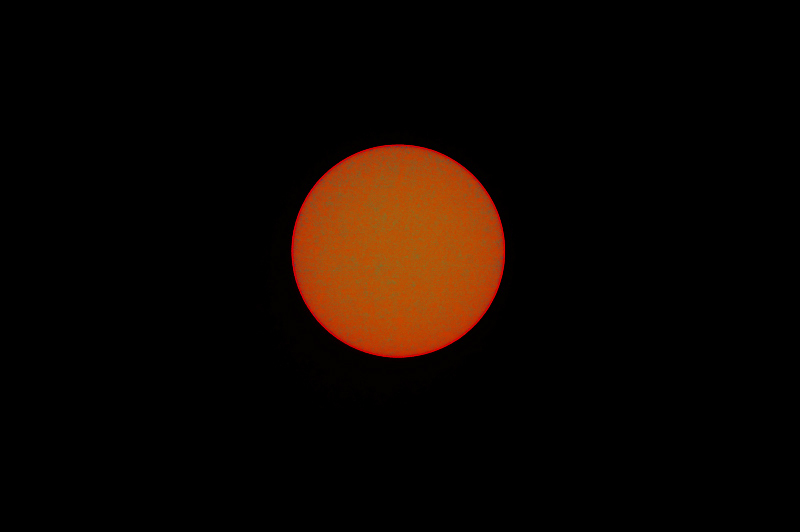
Filmed 1/8000th of a second using 60fps, my systems recorded cold fusion associated with this star. Even in this sample, an
atmosphere is apparent, and visually detectable.
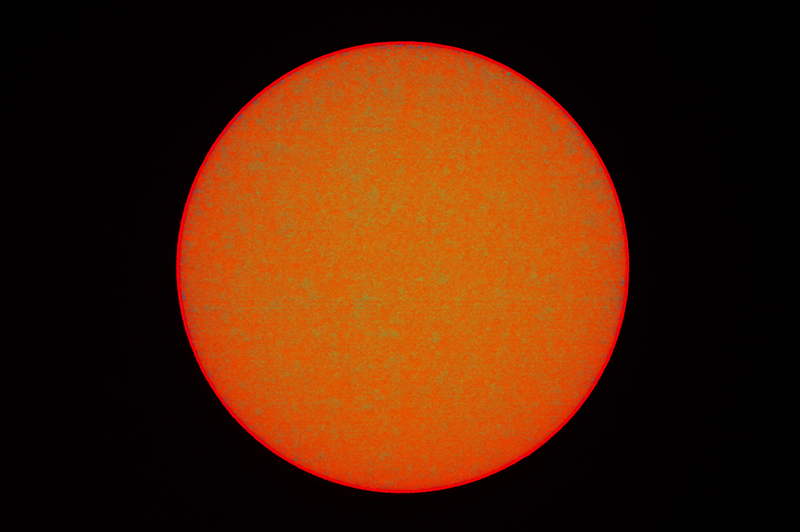
Enhanced samples of this file detected surface anomalies, as well as an obvious atmosphere
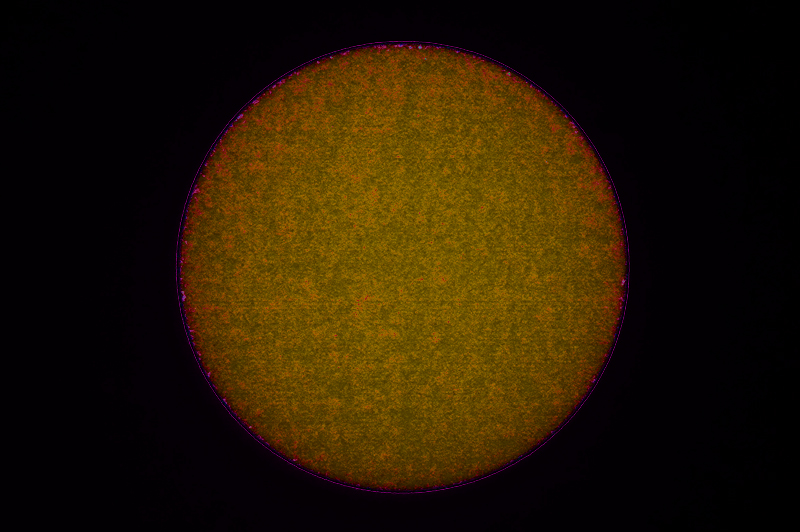
I look at this star using various exposure levels. Under the conditions, 97+ degrees, it was difficult seeing the Sun on my computer
monitor. From the specifics of these files, my technical data for motion picture (4K) can easily be replicated based on system image
metadata. Because there are no reference files to base a comparative upon, I am technically writing the book with these materials.
Because of the technology, there is much more in formation in metadata, than meets the eye.
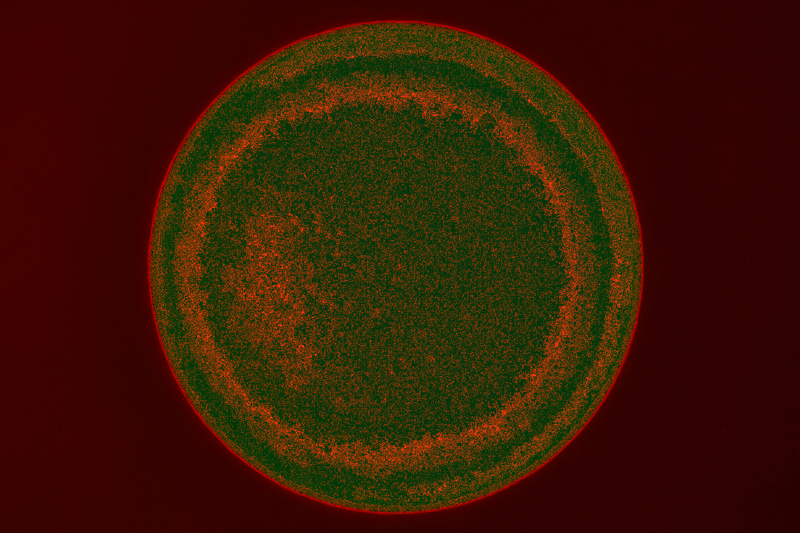
The spiral effect may be a cold fusion pulse on the Solar surface of our Sun.
Solar Surface Nuclear Reaction Analysis FSIR 2. Infrared video footage showing surface energy reactions on the
surface of our Sun. The patterns of heat generated from this Star are unbelievable!
7-26-2019 Solar Unknown Cube Object (ejected) leaving the Surface of the Sun Enhanced Analysis
4.5 minutes later, a pyramidal shaped object appears and then vanishes from the Sun's surface.
7-26-2019 Solar Unknown Object 2 on Solar Surface RGBCMY Analysis
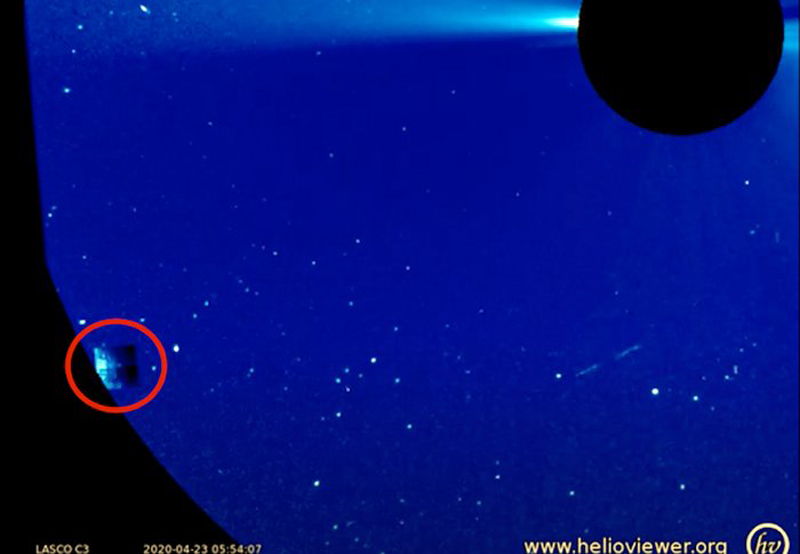
Is this what exited he Sun in my clip?
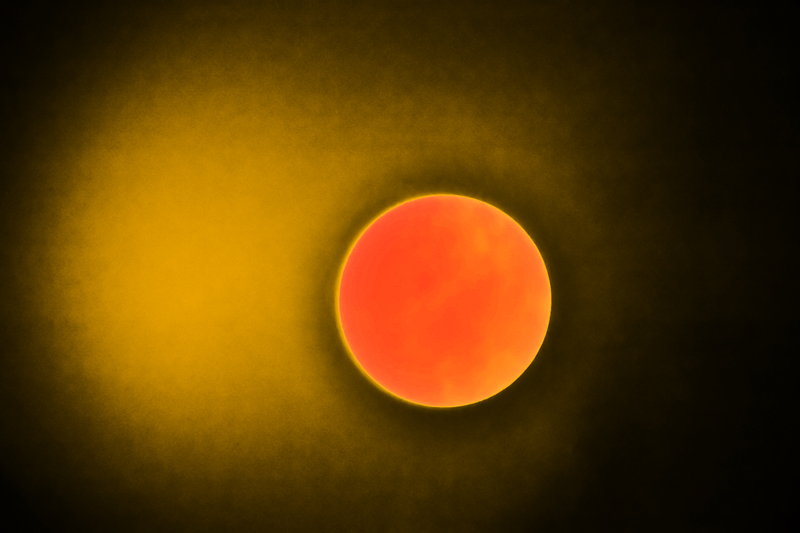
My methods of data collection are 4K/5K systems. D5 Nikon (stock), 646.25nm OTA dual filtration. I have no reference materials
in which to draw upon. Because I am filming this Star, as a standard, I film 60fps using 1/8000th of a second shutter speed.
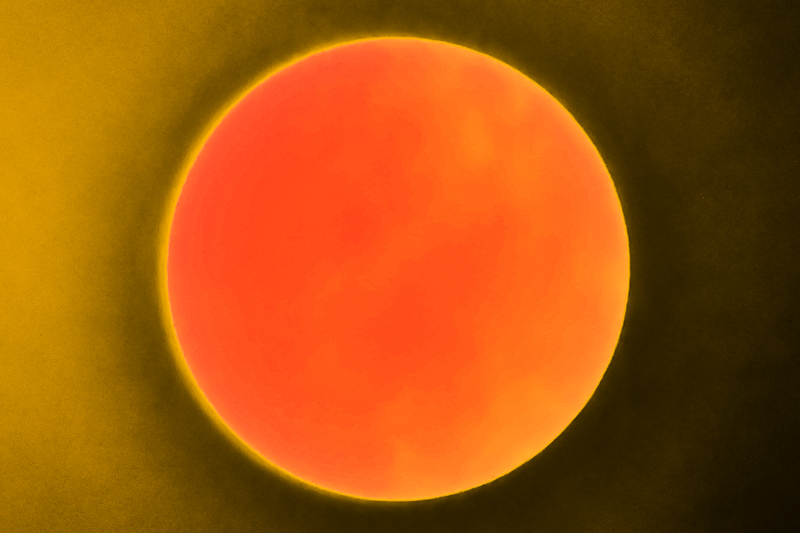
In the sample, I detected luminous anomalies near the Sun
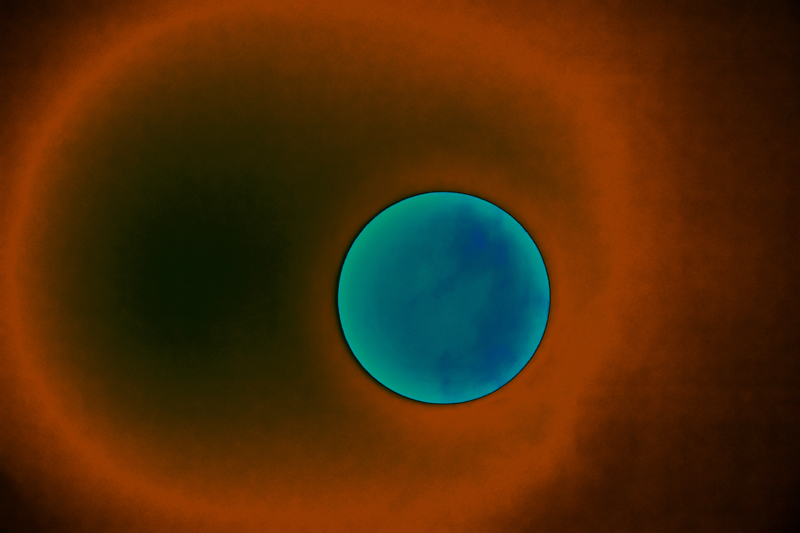
Looking at our Sun in IR Color Gradients.
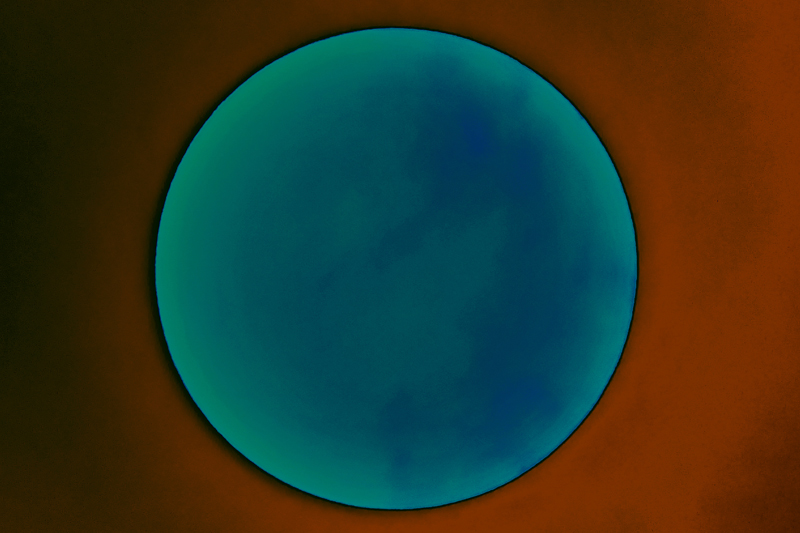
Each frame is different and equally extraordinary, however, each has specific anomalies that did not move or change position.
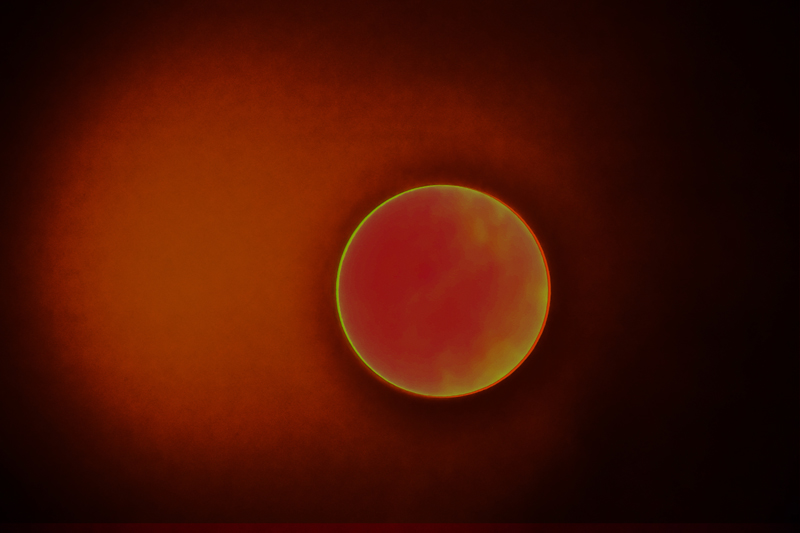
Each sample spectacular, however, un referenced. There are no comparatives in which to base my samples. More extensive
research must be applied to this study. This system has 25 operational hours*.
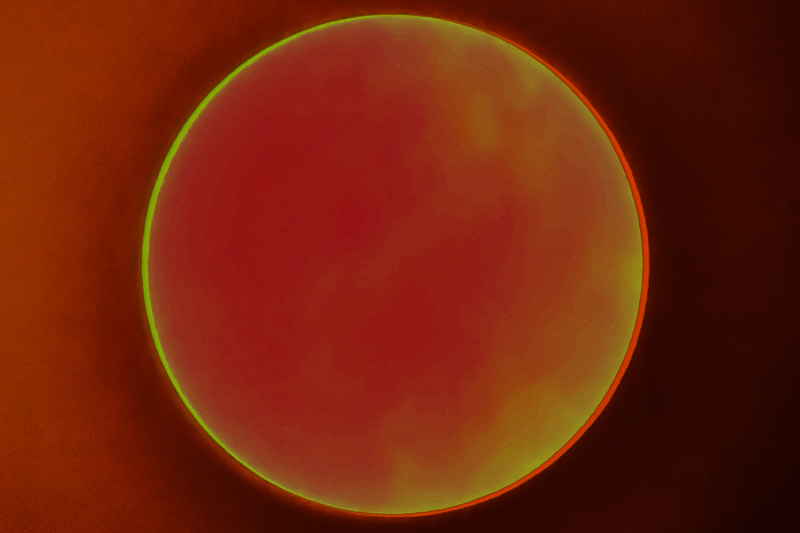
The atmosphere around the Sun, in yellow and orange gradients
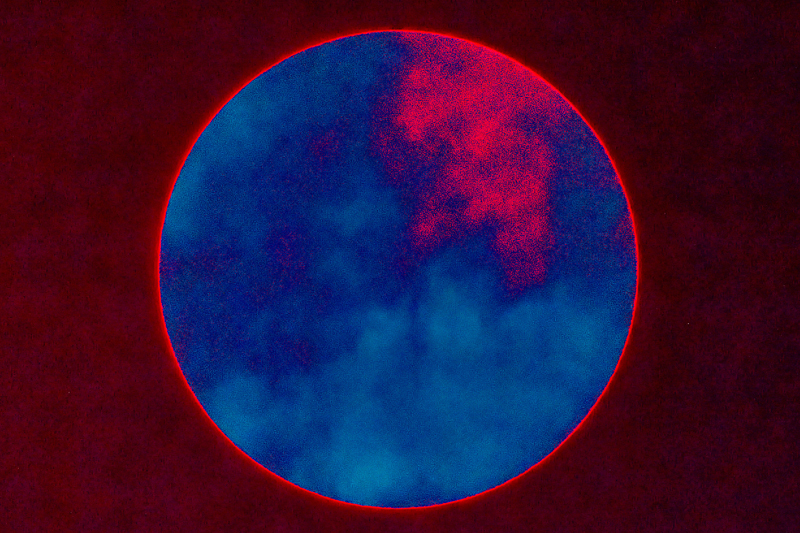
I am uncertain if I have detected some sort of land masses in this sample? Consider, we're looking at Cold Fusion in Infrared. The
technology has never been applied to Solar applications. Note the white dot, mid lower right of image. This anomaly has more
luminous intensity, than the Sun it is directly beside.
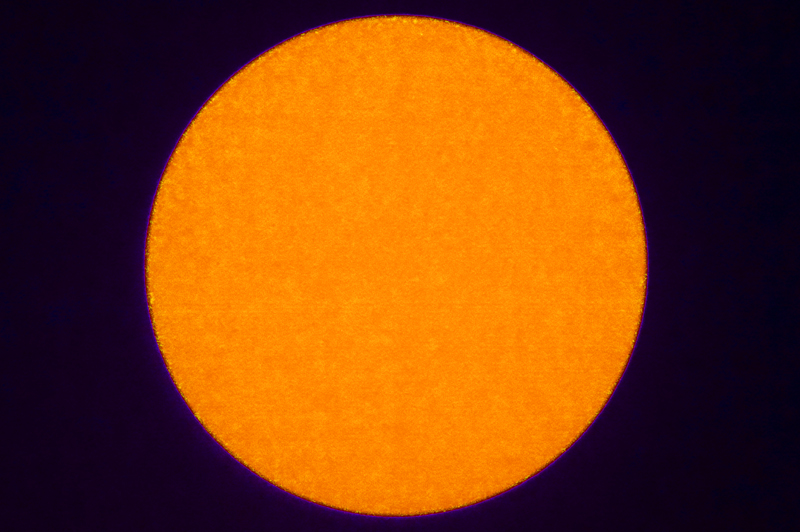
There is no data associated with this technology, or this technology applied to Solar applications. Without references, it is difficult
to assess what's captured. Without references, I am basically writing the book based on these FSIR image samples. Note the areas
around the perimeter of the Sun, represented as bright Yellow. These are obvious color temperature differences, unknown is why
these regions are higher in contrast?
NASA image looking from within the Suns atmosphere
Lunar Surface
12-01-2017 The Moon (IR) Infrared scan of the lunar surface in FSIR using 1/8000th of a second shutter speed. Photographing
the Moon is a bit like photographing the Sun. Its overall luminescent qualities are different due to its magnitude. However, trying to
image the Moon @ High ISO, is impossible. An IR light signature would be apparent, however we're looking at the Moon reflected
by Sunlight. It is essentially a bright ball (in gray tones). This is an High definition motion picture IR sample.
This is excellent data from an associate in France/Ce sont d'excellentes données d'un associé en France: Patrick Delsaut.
This is excellent data from an associate in France/Ce sont d'excellentes données d'un associé en France: Patrick Delsaut.
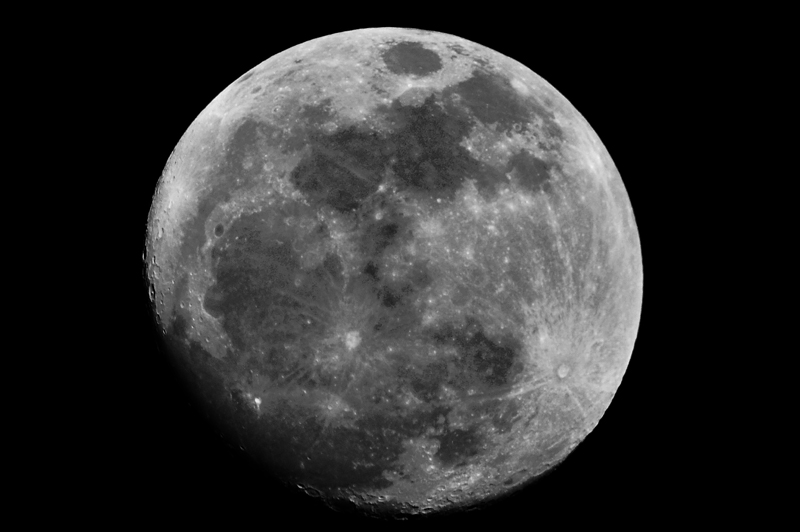
Full Spectrum Infrared imagery of the Moon, using hyper sensitive imaging technology.

Full Spectrum Infrared sampling of the Moon (Lunar Surface) from a 1200 mm perspective, using 1/8000th of a second shutter
suggests a radical IR light sources are present on the Lunar surface.
Why is the Lunar surface a different color at the southern pole?
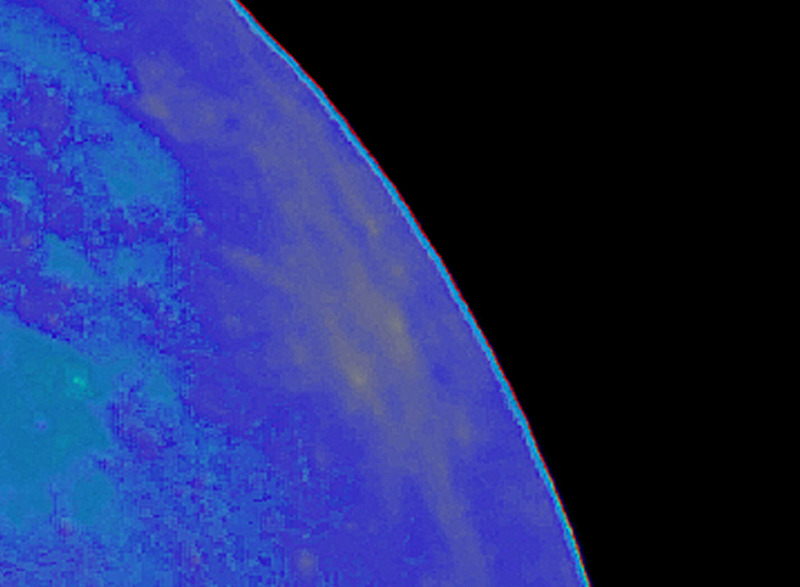
The data suggests there is a limited atmosphere on the Moon.
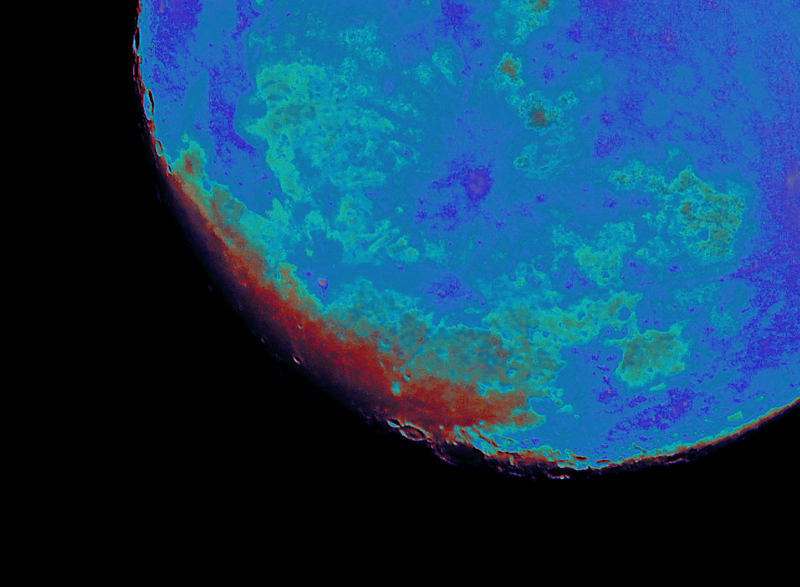
The Lunar surface is not uniform. The IR scan shows differences in temperatures
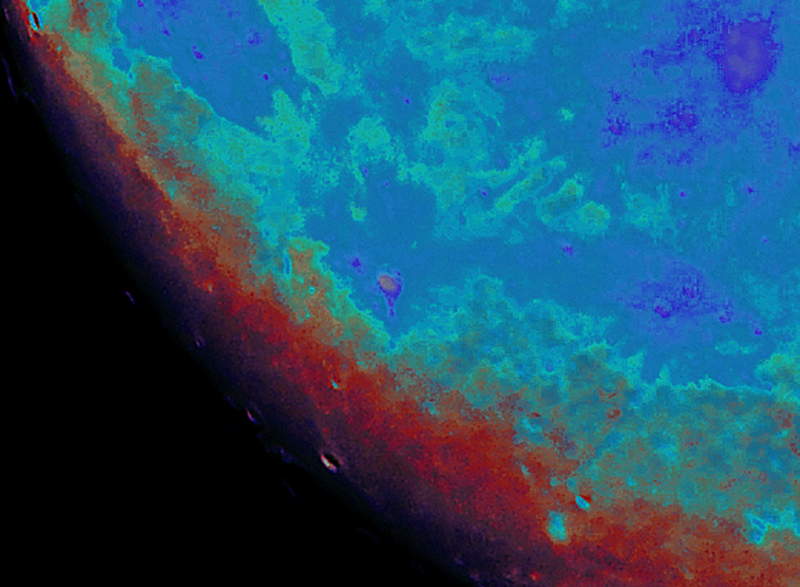
It is unknown why this condition exists on the Lunar surface (Southern Hemisphere).
The Infrared analysis reveals startling details associated with the Lunar Surface.
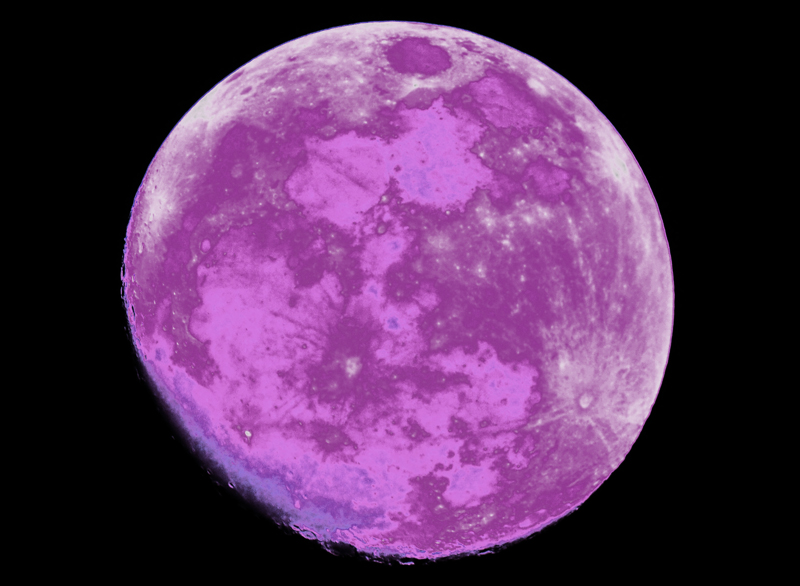
The variability associated with Full Spectrum Infrared, is most extraordinary when applied to the Lunar Surface.
In this example, a rather large light source is apparent on the surface.
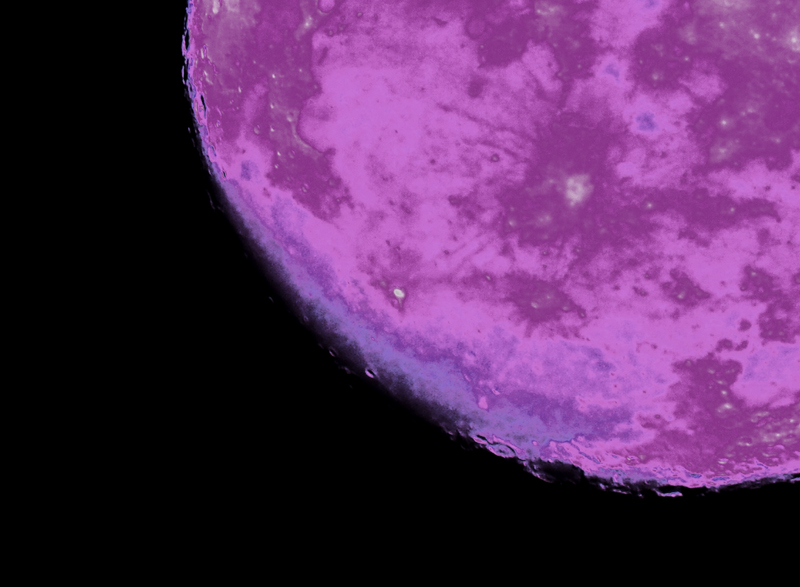
This one (area) spot is totally white, suggests IR light or reflective surface sources are in use. (This could be water*)
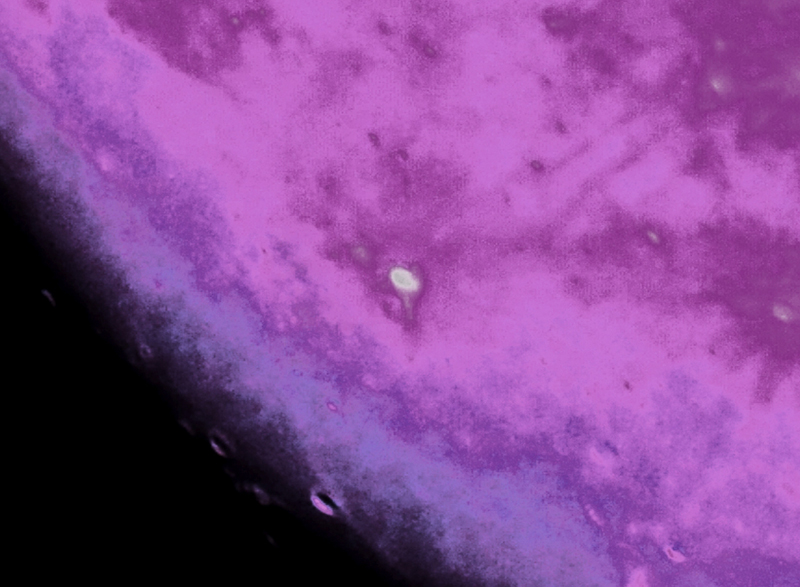
The level of luminosity is off the charts in this crater. I will be taking a closer look in the near future, at 4000 mm.
1-20-2018 Infrared Scan Unlighted Region of the Moon
5-24-2018 Lunar Surface H IR Analysis (Hybrid) IR ISO 64000. Using HD optics and U-HD 4K recording technology, I have finally
achieved High Definition Lunar Surface Scan technology @ ISO 4 Million.
![]()
Ultra HD 4K Variable Color Infrared scans

Ultra HD Lunar surface scan @ 2800 mm. I can double the magnification to 5600 mm on next opportunity (inclement weather).
H-FSIR D5 using ISO 64000. I'm filming @ 1/8000th of a second shutter speed. If anything should flyby, I will have it in freeze
action as long as it (forward velocity) does not exceed the shutter speed 1/8000th of a second. Celestron EdgeHD 1100 with
Hyperstar.
![]()

We will be resuming Lunar scanning during the next much fuller (Full) Moon (TBA).
Lunar Surface Hyper Color IR
